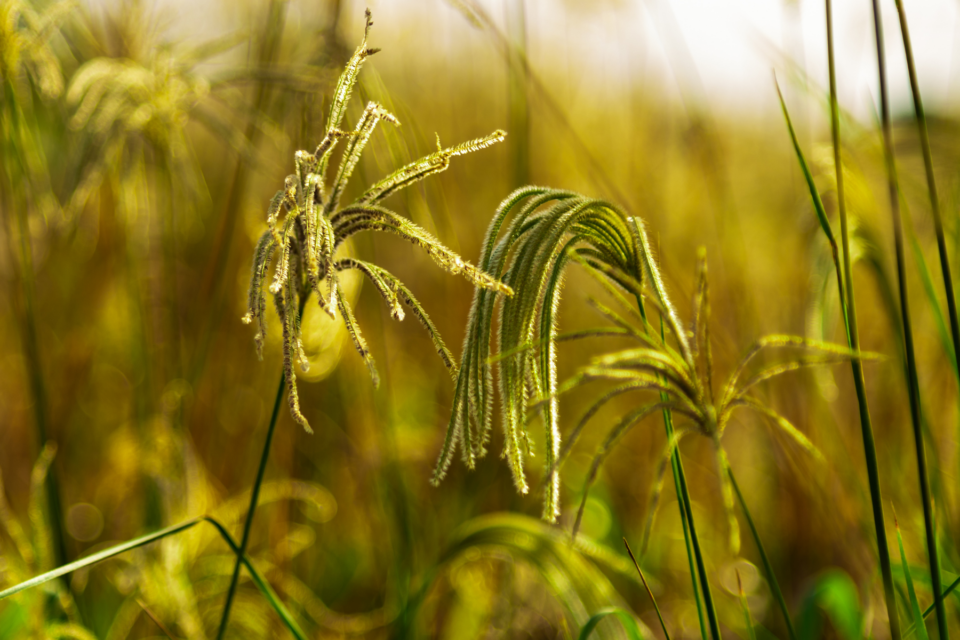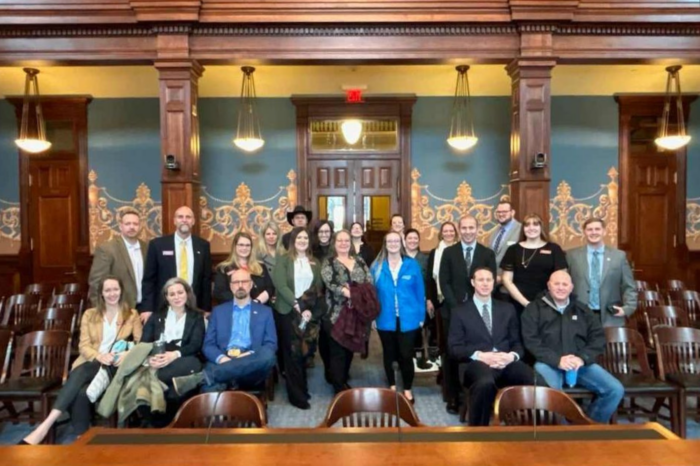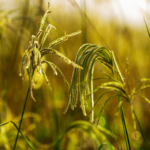National Invasive Species Awareness Week

The Wyoming Weed and Pest Council (WWPC) is reminding citizens in the Cowboy State to be on the lookout for invasive species by using six tips to help prevent the spread of unwanted plants and insects. The reminder is in conjunction with Governor Mark Gordon’s proclamation that February 26 through March 3, 2024 will be recognized as National Invasive Species Awareness Week.
The goal of the awareness week, which was announced back in January, is to share information about invasive species and steps that the community can take to protect the environment and themselves, whether they are boating, out on a hike or enjoying a picnic in the park.
“As people head outdoors this summer, we want them to know that a little bit of prevention contributes to a greater effort of keeping Wyoming wild and beautiful,” said Donley Darnell, WWPC President. “Invasive insects, noxious weeds and plant diseases cost the U.S. an estimated $40 billion annually in damages to our lakes, forests and farms. They can threaten our state’s economy, food supply, environment, and in some cases, even public health.”
According to the National Wildlife Federation, invasive species are a major threat to native wildlife and ecosystems, with nearly 42 percent of endangered or threatened species at risk due to the spread. While often unintentional, people can spread invasive species with anything that may be on the move, such as their boots and shoes, tires, boats, firewood, pets, horses and more.
For outdoor enthusiasts, protecting your favorite natural space from invasive species doesn’t take much.
Here are six easy steps you can take to stop the spread of invasive species:
- Clean your shoes, clothes, packs and pets before and after exploring, and stay on designated trails.
- Clean your horse’s hooves and feed them weed-free, certified hay before your adventure.
- Clean, drain and dry your watercraft and angling equipment to Stop Aquatic Hitchhikers.
- Don’t Move Firewood. Buy it where you burn it and buy certified, heat-treated firewood. You can also gather wood on-site when permitted.
- Before traveling to new areas, inspect and clean your trailers, off-road and recreational vehicles with water or compressed air to remove mud, plant parts and hidden pests.
- Take the PlayCleanGo Pledge and invite your family and friends to do the same at PlayCleanGo.org.
Following any of these steps will do wonders to protect the places you love. You can do even more by educating yourself and your outdoor companions about invasive species, especially those found in your region. Your local weed and pest district office is a trusted resource for the latest methods of protection and any important news in your region. Every little bit of prevention helps, and combining the small measures you take at home with the large efforts of your local land managers leaves a huge, lasting impact.
For more information about WWPC and how you can help keep Wyoming wild and beautiful, visit wyoweed.org and follow on Facebook and Instagram.
About the Wyoming Weed and Pest Council
Wyoming Weed and Pest Council (WWPC) is comprised of 23 Weed and Pest Districts in the state of Wyoming. The Council works closely with the Wyoming Department of Agriculture and the University of Wyoming to keep current with the latest technology and research available in the ongoing management of noxious weeds and pests. The overall mission is to provide unified support and leadership for integrated management of noxious weeds and pests to protect economic and ecological resources in the state.


